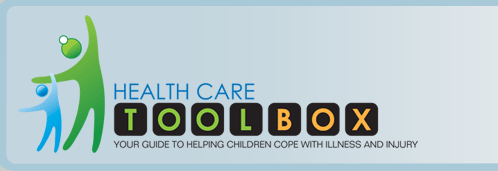In a study of 381 injured adolescents followed for 2 years post-injury, teens with more severe PTSD symptoms had lower health-related quality of life. (Holbrook et al. 2005)
Traumatic stress symptoms (including posttraumatic stress disorder - PTSD) are associated with:
- adverse health outcomes in children preschool through adolescence
- poorer treatment adherence after transplant
- worse functional outcomes after injury
Adherence with medical treatment:
- Research suggests that avoidance symptoms are associated with non-adherence with medical care.
- PTSD symptoms in pediatric transplant recipients (and in their parents) have been associated with medication non-adherence.
Health and functional outcomes:
Prospective studies of injured children, teens, and adults, find PTSD symptoms are key predictors of poorer physical and functional recovery -- lower health-related quality of life, more missed school days – over the months and years following an injury.
These findings hold true even after taking injury severity into account.
A study with pediatric transplant recipients found that PTSD symptoms were significantly associated with medication non-adherence.
Conclusion: screening for and management of PTSD symptoms may improve medication non-adherence.
(Shemesh et al. 2000)
Research is just beginning to assess possible mechanisms, including:
Biological Effects: PTSD symptoms might directly lead to poor medical outcome in traumatized patients with injury or illness because of a direct biological effect (i.e., increased heart rate, lower ambient cortisol).
Avoidance: PTSD symptoms might indirectly lead to poor medical outcome due to avoidance (patient is not taking prescribed medications because taking meds has become a traumatic reminder).
Other Mediating Factors: PTSD symptoms might be associated with poor medical outcome because of an important associated feature (i.e., child abuse history: leading to poor care, impaired patient-physician relationships, etc.).



